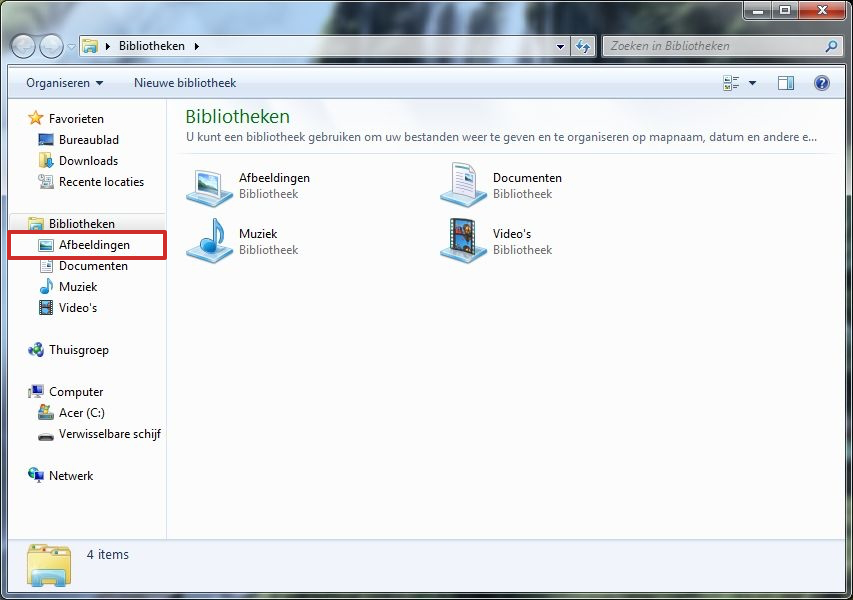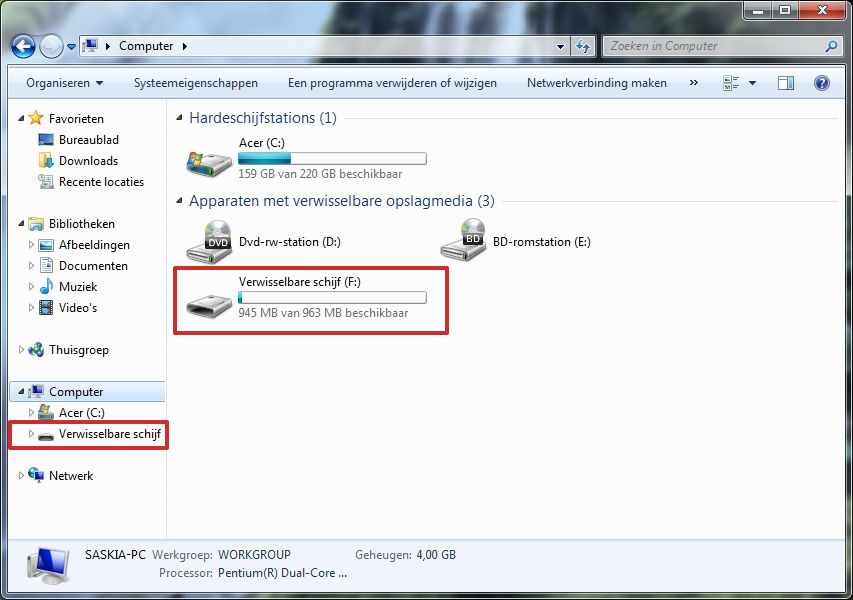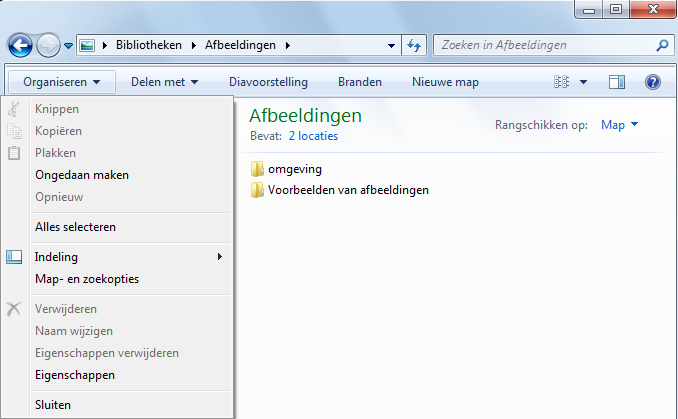You can use the Explorer to find (‘explore’) the files on your computer. It is the ideal program for organizing and retrieving your documents. How does this program actually work and what can you do with it?
Different operating system?
In this article, we’ll discuss File Explorer in Windows 7.
- Do you have Windows 10? Then read the article ‘The Explorer (Windows 10)’.
- Do you have Windows 8.1? Then read the article ‘The Explorer (Windows 8.1)’.
What is the Explorer?
In Windows Explorer, you can see the files, folders, and locations on your computer. Windows Explorer lets you find, copy, and move files and folders, and rename files and folders. Below you will learn the basics of the Explorer. If you want to know more about working with files and folders, read the article ‘Windows 7: files and folders’.
Where can I find the Explorer?
The File Explorer is ‘hidden’ in the Start menu.
- Click with the mouse pointer on the button Start > All Programs > desk accessories.
- You see Windows Explorer standing in between. Click on it to open the program.
Want to open File Explorer faster? Then you have a few options:
- Use the key combination Windows+E. Press and hold the Windows key. Then press the E key and the Explorer will start. Now release the keys.
- Right click on the button Start and then click Open Windows Explorer.
Tip: If you like shortcuts on your Desktop, make one to File Explorer as well. Then all you need to do is double-click on it to open File Explorer.
- click on Start > All Programs > Accessories.
- Right click on Windows Explorer.
- Then click on Copy to and then on desktop.
Appearance of the Explorer
The Explorer opens the Libraries folder by default. Libraries are collections of similar files. They can be anywhere on your computer. They are all displayed together in a Library.
You will see two split screens. On the left is an overview of the folders on your computer. On the right you can see the contents of the selected folder. For example, if you click on Pictures click, you will see the contents of that folder on the right. You can open the files in the folder by double clicking on them.

Open and closed
In the left pane are triangles in front of the folder names. A transparent triangle means that there are child folders. A black triangle means that the underlying folders are expanded. For example, click on the triangle for ‘Images’. You will see that the ‘My Pictures’ folder is part of the ‘Pictures’ Library.

All discs
You will see all the drives of the computer with the corresponding letter behind them. The hard drive usually has the letter C. If you have connected a USB stick, it will appear in this row with a different letter. A USB stick is shown in the Explorer as a Removable Disk.

View options
In the top right corner of Explorer, click the arrow to the right of the ‘Change view’ icon (see the image on the right). You will see a list of display options for the files, such as ‘Large icons’, ‘Small icons’ and ‘List’. For example, click Extra Large Icons. The files are now shown as extra large icons.
You can also make the properties of the files visible. To do this, click again on the arrow next to the ‘Change view’ icon and then on Details. You will now see the details of the files, such as the date it was created and the size. So you can choose your favorite view yourself. Important: You must reset this for each folder.
The Explorer in pictures
In previous paragraphs you could read how to open and close folders and how to change the view of files. We show how this works in the video below.
Organize
At the top of the Explorer you will find even more options. The ‘New Folder’ option allows you to quickly create a new folder.
At the top left of the Explorer you will see the ‘Organize’ button. Under that button are a few useful options. You will find the option to ‘Cut’, ‘Copy’ and ‘Paste’ files. With the ‘Undo’ and ‘Redo’ options you can undo or redo the last action performed. You can select the entire contents of a folder with the ‘Select all’ option. Click on ‘Delete‘ to delete a selected file or folder. Finally, click on ‘Rename’ to rename a selected file or folder.

Now you are aware of the most important parts of the Explorer. View them at your leisure and discover their many possibilities!